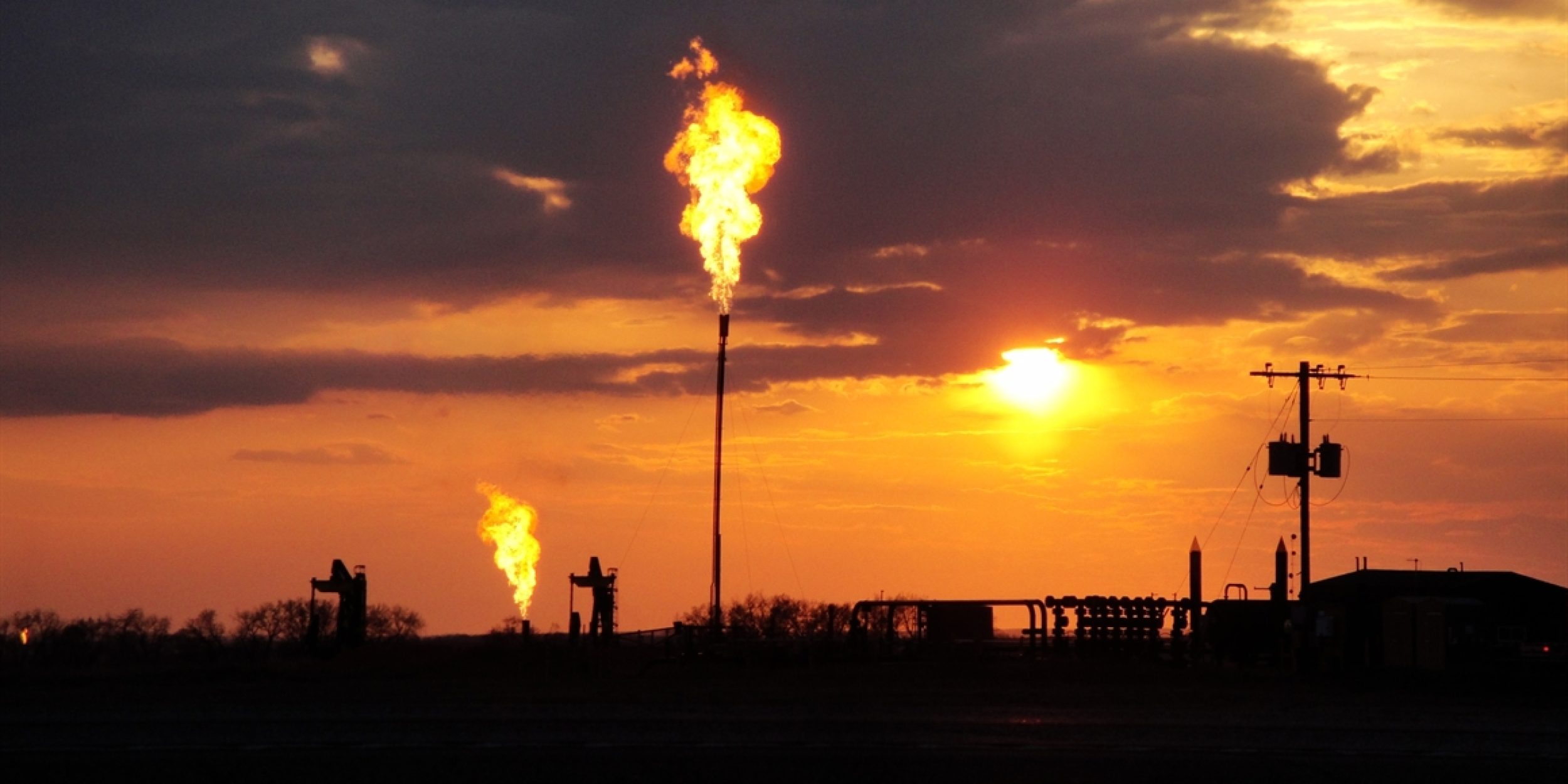A new study, funded in part by CPO’s AC4 Program, published this week in Nature Scientific Reports shows that methane emissions from oil and gas production in the Uintah and Permian basins can be observed from space — a major improvement over measurements from previous satellite instruments. Methane is the second most important anthropogenic greenhouse gas in the atmosphere after carbon dioxide, with U.S. oil and natural gas supply chain methane emissions, in particular, making up about 41% of anthropogenic emissions in the United States. However, the frequent basin-wide monitoring required to capture episodic, large methane emissions from oil and gas production areas, which can represent a relatively large fraction of the total, has been challenging. Measurements from previous satellite instruments typically needed to be averaged over a year or more to quantify trends and regional enhancements in methane emissions. This study used methane and nitrogen-dioxide measurements from the new European space-based TROPOMI instrument, launched in 2017, to show that methane emissions can be measured from space and are enhanced over oil and gas production regions in the Uintah and Permian Basins. The authors note that improved detail from TROPOMI will likely allow timely space-based monitoring of methane emissions from oil and natural gas production, as well as the study of trends in methane and NOx emissions in the future.
Just published: Methane emissions from regional oil and gas production can be observed from space











